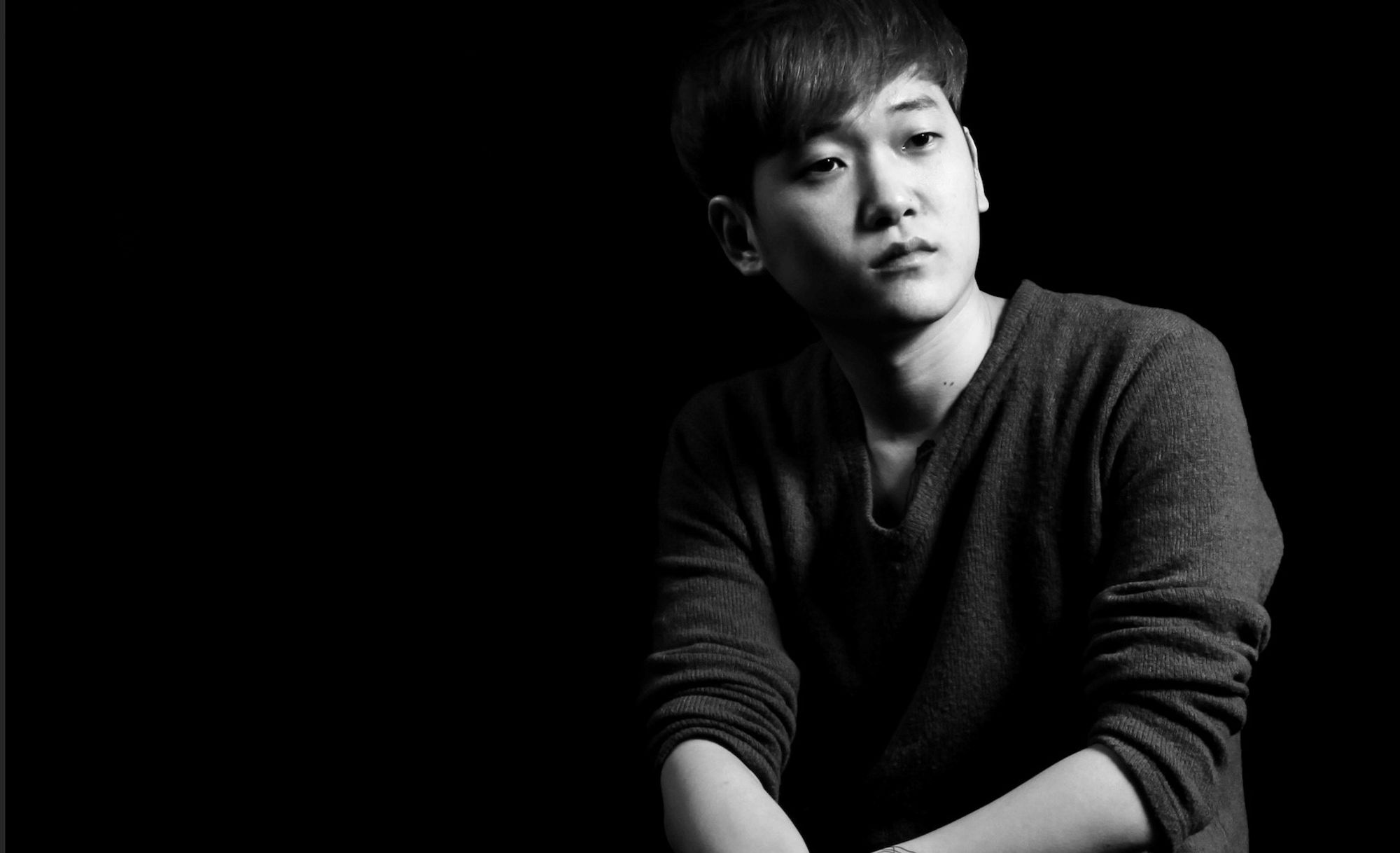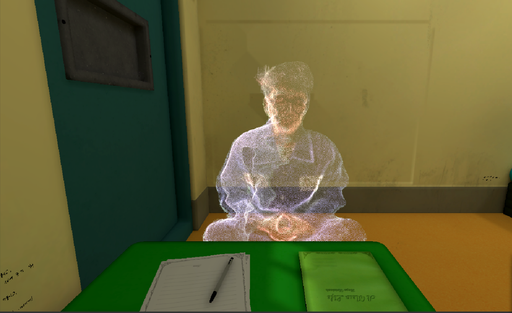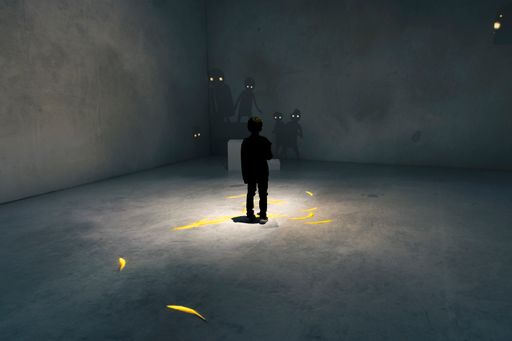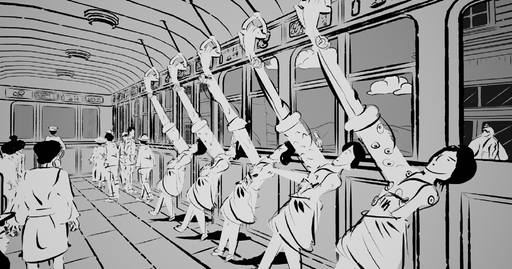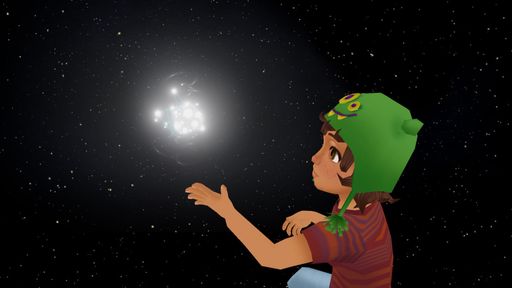Synopsis
In 2015, the artist was sentenced to 18 months in prison for objecting to Korea’s mandatory military service. After three months of imprisonment at the Seoul Detention Center, he was transferred to the Tongyeong Detention Center and was placed in solitary confinement for 13 months until his parole in 2016. Being more strictly controlled than ordinary inmates, a prisoner in solitary confinement spends every second alone and faces a sense of isolation when waking up in the morning, exercising, eating, and sleeping, in an environment where contact with others is completely prohibited. Although it is well known how walled-off and authoritative correctional facilities are and how inhumane solitary confinement could be, chances for ordinary people to visit or experience prisons are very rare. 5.25㎡ invites viewers to a cell the same size as an actual solitary confinement cell, which is 1.5m wide x 3.5m long, and allows viewers to experience a prisoner’s time and space. There, we encounter a figure of a prisoner wandering like a ghost and hear a voiceover of the artist reading a letter to a friend who is serving in the military.
Intention Note
Contrary to general knowledge, solitary confinement does not just mean imprisonment in a cramped space of 5.25㎡. Prison is an institution of a legally binding oppressive order in which discipline and subsequent obedience are the top priority. It is mandatory to wake up at 6am and go to bed at 9pm. There are roll-calls twice a day, and inmates cannot lie down in the room except during bedtime. Even in the middle of the summer, inmates cannot take off the prison uniform, and it is against the rules to exercise in a room, sit on a cushion because your butt hurts, or stay standing without a specified reason. At the same time, solitary confinement induces an inner and meditative life due to its peculiarities. Staying solitary for a long time, a prisoner lives in a mental space, not in a physical space. It is a kind of a meditative state, where the body is in a physical space, but the mind resides in an inner world. As revealed in many books about imprisonment, prisons allow deep self-examination and self-discipline. At that time, I also tried to find peace and tranquility in a place of surveillance and punishment by residing in my own imaginary space through writing, reading, meditating, and dreaming. Solitary Confinement, which was a traumatic experience, now only remains in past memories and is a place that can no longer be visited. I chose VR as a medium to summon the space that had lost its physical entity in the present. Because the time in solitary confinement became a state of non-existence, it became a virtual space to me. In addition, because one experiences VR alone, it was the most suitable medium for revealing the environment of solitary confinement.
Director
Credits
•
Director: Kyungmook Kim
•
Producer: Gigi Nakyong Yoon
•
Technical Supervisor: Inseon Kang, Jungsu Kang
•
VR Programmer: Taehyoung Kim
•
Unity Engine Programmer: Taewon Park
•
3D Modeling: Jihyeon Lee
•
Graphic Design: Jiwon Ham
•
Music: Minhwi Lee
•
Installation Design: Sujin Moon, Sunhee Park
•
Translation: Lariel Woo, Taehyoung Kim, Junhee Han
